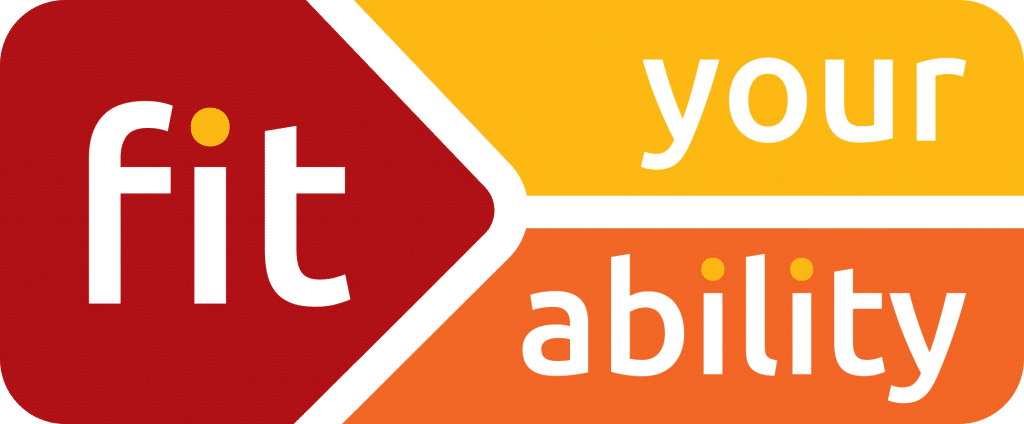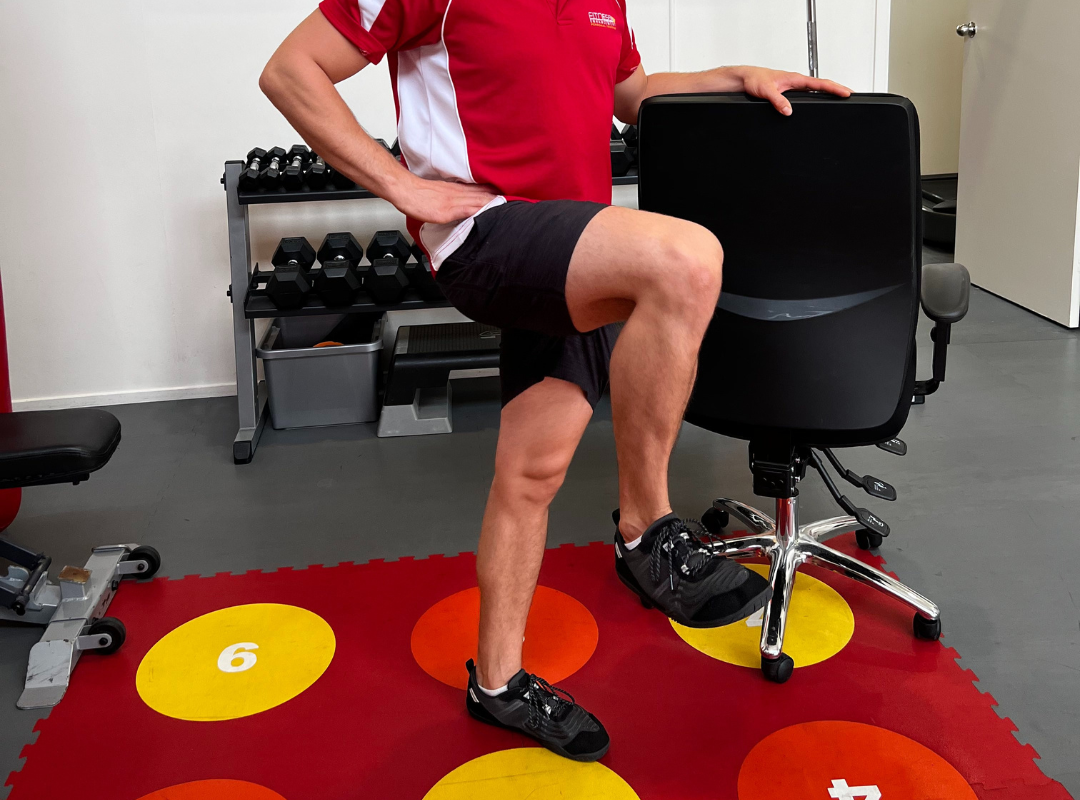Balance and Falls Prevention Exercise for People with Disabilities
As someone with a disability or as an ally of those who do, you know how important regular exercise is for maintaining strength, balance, and overall physical health. If you or someone you know is living with a disability, there are specific exercise routines that can help improve balance and prevent falls. One of these exercises is the standing hip abduction. In this blog post, we’ll explain what this exercise routine is, how to do it safely, and how it can help with balance and falls prevention for people living with disabilities.
What Is the Standing Hip Abduction Exercise?
The standing hip abduction exercise is an easy yet effective way to improve balance for those living with a disability. This exercise works the gluteus medius muscle which helps control hip movement when walking. To do this exercise, stand next to a wall or sturdy object for support. Stand straight with the legs approximately shoulder-width apart then kick one leg out to the side. Afterward, move the other leg slowly upward to the side. You may start by doing 10 reps on each side if possible. As your strength increases, you can hold a lightweight in your hand while performing this exercise such as a water bottle or dumbbell (if able).
Benefits of Standing Hip Abduction Exercise
Standing Hip Abduction Exercise has many benefits including improving your balance, stability, and posture when walking. It also strengthens the gluteus medius muscle which helps reduce pain in the lower back region due to poor posture when seated or on your feet all day. Additionally, building up strength in the gluteus medius muscle will help prevent falls since that muscle assists in controlling hip movement when walking.
Safety Tips When Doing This Exercise
When doing any type of physical activity, there are a few key considerations. It’s important to keep safety in mind first and foremost. Make sure that you have good balance before attempting this exercise by holding onto a wall or other sturdy object until you feel comfortable enough to let go without losing your balance. Also, make sure that you are using proper form when kicking out your leg so as not to injure yourself further or put too much strain on weak muscles or joints. Having an experienced, NDIS-registered Personal Trainer by your side assisting you in each exercise you perform can absolutely ease any worries you might have. Lastly, be mindful of any pre-existing medical conditions that may limit what activities are safe to do as well as any medications you may be taking that could interfere with physical activity.
The standing hip abduction exercise is an effective way for people living with disabilities and their loved ones to build strength in their muscles and improve their balance for fall prevention. However, to ensure its effectiveness and safety, it’s important to use proper form while kicking out the leg, being mindful of medical conditions and medications as well as starting off slow if needed until more comfortable with doing higher reps or adding weights if desired
Fit Your Ability is an NDIS Personal Trainers found on the Gold Coast in 1999 and now Australia-wide. We are also NDIS registered for a variety of core and capacity-building categories. So no matter what the sport, fitness, exercise or recreation goal and no matter what the disability, our team is here to help you.
Related Posts
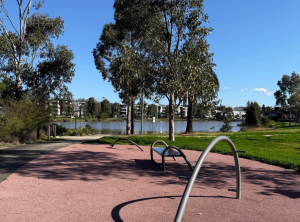
Inclusive Fitness in Jordan Springs Village Centre Lake
Inclusive Fitness in Jordan Springs Village Centre Lake If you’re looking for inclusive fitness options in Penrith, the Jordan Springs Village Centre Lake is the
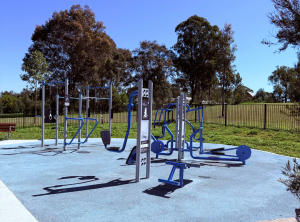
David Currie Playspace: An Accessible Exercise Park in St Clair
David Currie Playspace: An Accessible Exercise Park in St Clair If you’re looking for an inclusive and accessible place to enjoy the outdoors in Western
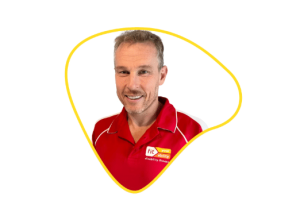
Join Million Moves Now
Join Us for Million Moves 2025! Did you know 75% of Australians don’t get enough movement to meet the minimum exercise requirements?For people living with
